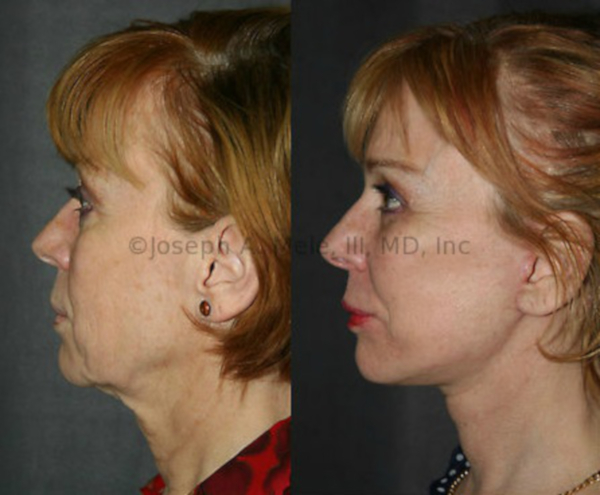Cheek Augmentation is not the most frequently requested cosmetic plastic surgery procedure, but it is an excellent procedure for the right person. In cases where the cheeks are flat, narrow or even recessed behind the front of the eyeball, cheek enlargement can create a more harmonious balance for the face overall.
Allergan Announces a New Cheek Filler

Voluma XC – Allergan’s new entry into the cheek enhancement arena.
This week, Allergan released their latest answer to flat cheeks: Voluma XC. The XC stands for eXtra Comfort and alludes to the fact that Voluma is manufactured with a local anesthetic (Lidocaine) in it.
Voluma is related to Juvederm, another Hyaluronic Acid (HA) based filler. Where Juvederm is approved for filler facial wrinkles around the mouth, Voluma is FDA approved to provide volume to the apex, apple of the cheek and the hollow inferior to these. Like Juvederm, Voluma is injected into the area where augmentation is desired right in the office. The results are immediate, and the down time is minimal. Common side effects as listed on the Allergan website include temporary reactions at the treatment site such as: tenderness, swelling, firmness, lumps/bumps, bruising, pain, redness, discoloration, and itching.
Other Methods of Cheek Augmentation with Fillers
For years, HA’s have been used for Non-surgical Cheek Enlargement. The off-label use of Juvederm, Perlane and Restylane has been common practice. Voluma is the first HA that is FDA approved specifically for the cheeks.
Radiesse is not an HA filler. It is made of calcium hydroxyapatite (CaHA). Radiesse is FDA approved for the correction of moderate to severe facial wrinkles and folds, such as nasolabial folds, and it is also intended for restoration and/or correction of the signs of facial fat loss (lipoatrophy) in people with human immunodeficiency virus. Radiesse has also been used off label as a cheek filler for people without HIV also. I have used it for both cosmetic and reconstructive patients with good results.
Cheek Implants
Cheek Implants are the only “permanent” cheek fillers, and have been around longer than any of the facial fillers. The insertion of Cheek Implants is a surgical procedure and requires meticulous attention to detail and sterile technique. I use cheek implants to balance the face when a long term solution is desired.
Frequently, I combine Cheek Implants with lower eyelid lifts in patients with a recessed cheek, to help prevent ectropion (drooping of the eyelid). Cheek implants also can improve the results of a Facelift when the volume of the cheek is deficient, as seen below.
